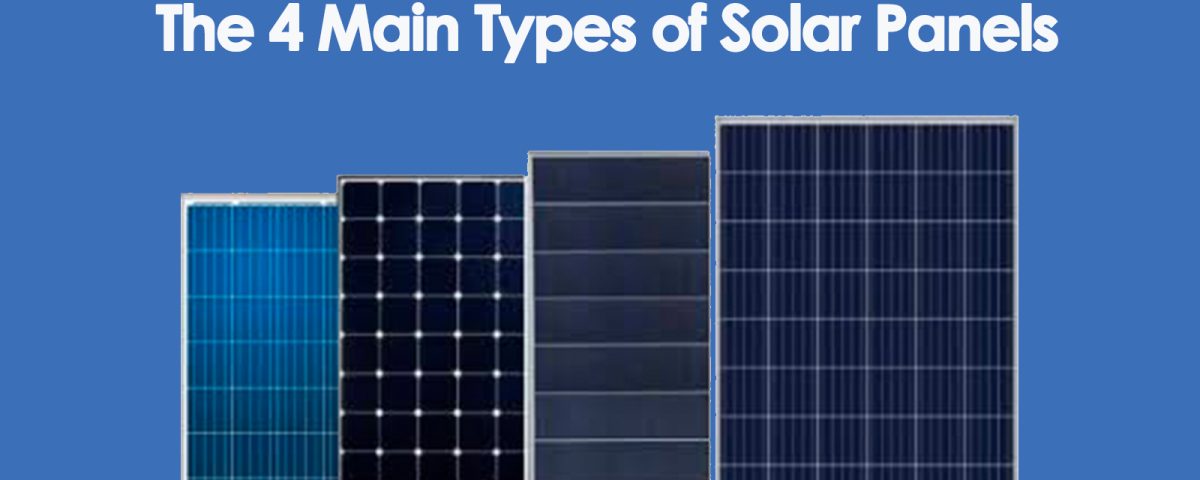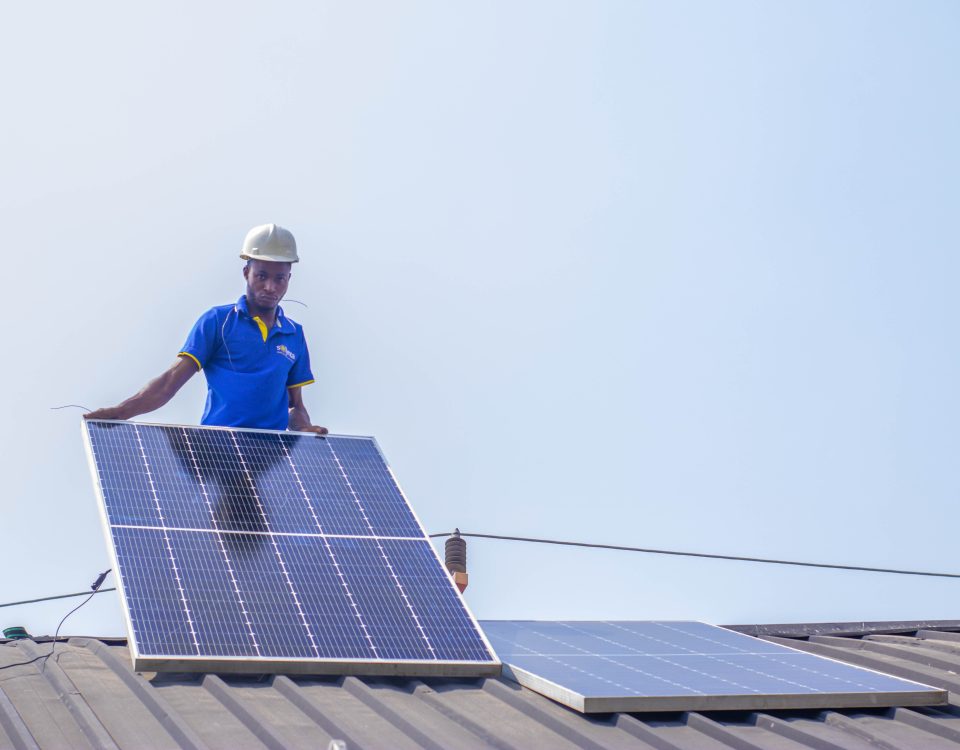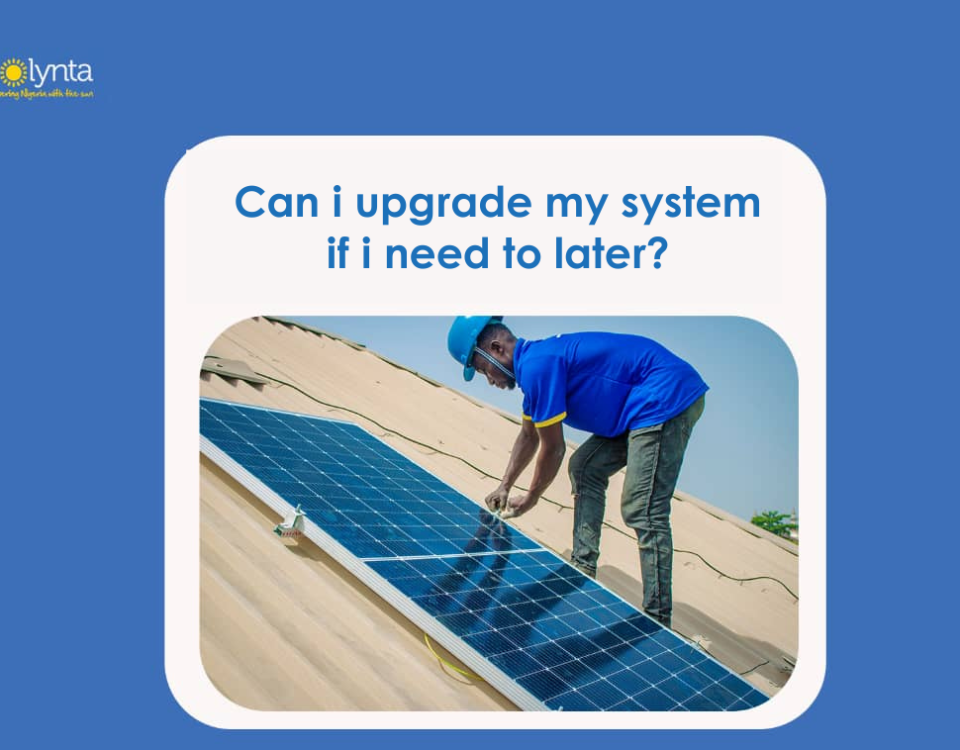The 4 Types of Solar Panels

Stay Connected With Our Solar Community
2023-09-16
How Does Temperature Affect Solar Panels?
2023-10-14In a world where sustainable energy sources are gaining increasing importance, solar panels have emerged as a promising solution. Solar panels convert sunlight into electricity, reducing our reliance on non-renewable energy sources. However, not all solar panels are created equal. In this blog, we will explore the four main types of solar panels available today, shedding light on their unique characteristics and benefits.
Thank you for reading this post, don't forget to subscribe!- Monocrystalline Solar Panels: Monocrystalline solar panels are easily recognizable by their uniform black appearance. They are made from a single, high-quality crystal structure, resulting in their high efficiency levels. With efficiencies typically ranging between 15% to 22%, monocrystalline panels are known for their exceptional performance, especially in areas with limited space. While they tend to be pricier compared to other types, their long lifespan and high durability make them a worthwhile investment in the long run.
- Polycrystalline Solar Panels: Polycrystalline solar panels, often referred to as multi-crystalline panels, are recognizable by their blue hue. Unlike monocrystalline panels, they are made up of multiple silicon fragments, resulting in a lower level of efficiency, usually ranging from 13% to 17%. However, they are a more cost-effective option and work well in regions with ample space. Polycrystalline panels are also known for their versatility, performing efficiently even in low-light conditions.
- Thin-Film Solar Panels: Thin-film solar panels, as the name suggests, are incredibly thin and flexible. They are made by depositing layers of photovoltaic material onto a substrate, such as glass or plastic. While their efficiency levels are comparatively lower, ranging from 10% to 12%, thin-film panels have unique advantages. They can be seamlessly integrated into various surfaces, making them suitable for unconventional applications like solar-powered clothing or building-integrated photovoltaics. Additionally, they perform well in shady or low-light conditions, making them ideal for regions with inconsistent sunlight.
- Concentrated Solar Panels: Concentrated solar panels, also known as concentrated photovoltaics (CPV), are a specialized type of panel that uses lenses or mirrors to concentrate sunlight onto small, highly efficient solar cells. By focusing the sunlight, concentrated solar panels can achieve efficiency levels as high as 41%. This type of solar panel is particularly useful in large-scale solar power plants, where tracking systems follow the sun’s movement to optimize sunlight collection. While concentrated solar panels require precise alignment and more maintenance, they offer exceptional energy production in areas with abundant sunlight.
As the demand for sustainable energy grows, understanding the different types of solar panels becomes crucial. Whether you are considering solar panels for your home or exploring large-scale solar installations, weighing the benefits and limitations of each type will help you make an informed decision.
From the high efficiency of monocrystalline panels to the versatility of thin-film panels, each type has its unique advantages. Get started with our solar Solutions and mbrace the power of the sun with the right solar panel choice!




